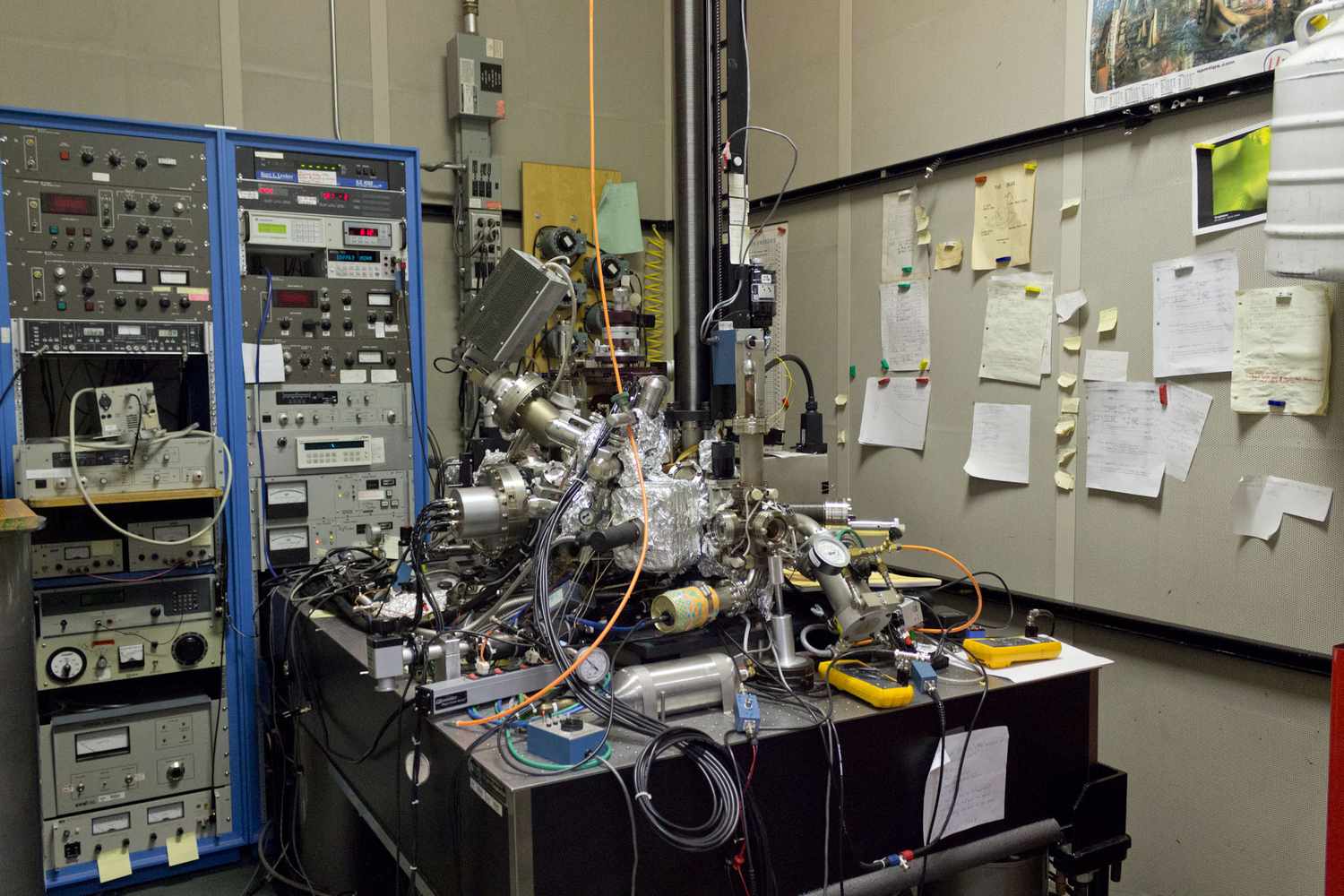
Scanning Tunneling Microscopy (STM) might sound like something out of a sci-fi movie, but it's a real and powerful tool used by scientists to see the world at the atomic level. Invented in 1981, STM has revolutionized our understanding of surfaces and materials. By using a sharp metal tip that hovers just above a surface, it measures tiny electrical currents that flow between the tip and the surface. This allows researchers to create incredibly detailed images of atoms and molecules. But how does it work? What makes it so special? Let's dive into 31 fascinating facts about this groundbreaking technology that has changed the way we look at the microscopic world.
What is Scanning Tunneling Microscopy?
Scanning Tunneling Microscopy (STM) is a powerful technique used to visualize surfaces at the atomic level. It has revolutionized the field of nanotechnology and materials science.
-
STM was invented in 1981 by Gerd Binnig and Heinrich Rohrer at IBM Zurich. They later won the Nobel Prize in Physics in 1986 for this groundbreaking invention.
-
STM operates by scanning a sharp metal tip very close to the surface of a conductive sample. The tip is so close that electrons can "tunnel" through the vacuum between the tip and the sample.
-
The tunneling current, which depends on the distance between the tip and the sample, is measured and used to create an image of the surface at atomic resolution.
-
STM can achieve a resolution of 0.1 nanometers, which is about the size of an atom. This allows scientists to see individual atoms and molecules on a surface.
How Does STM Work?
Understanding the working principle of STM helps appreciate its capabilities and applications.
-
The STM tip is typically made of tungsten or platinum-iridium, chosen for their sharpness and conductivity.
-
The tip is positioned very close to the sample surface, usually within a few angstroms (1 angstrom = 0.1 nanometers).
-
A voltage is applied between the tip and the sample, causing electrons to tunnel through the vacuum gap.
-
The tunneling current is extremely sensitive to the distance between the tip and the sample, allowing for precise measurements of surface topography.
-
The STM tip is raster-scanned across the surface, and the tunneling current is recorded at each point to create a detailed image.
Applications of STM
STM has a wide range of applications in various scientific fields.
-
STM is used to study the atomic structure of surfaces, providing insights into material properties and behaviors.
-
It is instrumental in the field of nanotechnology, allowing for the manipulation of individual atoms and molecules.
-
STM has been used to create atomic-scale electronic devices, such as single-atom transistors.
-
It helps in the study of surface reactions, important for catalysis and material science.
-
STM can be used to investigate the electronic properties of materials, such as superconductors and semiconductors.
Advantages of STM
STM offers several advantages over other microscopy techniques.
-
STM provides atomic resolution, allowing for the visualization of individual atoms and molecules.
-
It can be used in various environments, including ultra-high vacuum, air, and liquid.
-
STM can study both conductive and semi-conductive materials.
-
It allows for the manipulation of atoms and molecules, enabling the creation of nanoscale structures.
-
STM can provide information about the electronic properties of a surface, in addition to its topography.
Challenges and Limitations of STM
Despite its advantages, STM has some challenges and limitations.
-
STM requires a conductive or semi-conductive sample, limiting its use with insulating materials.
-
The technique is highly sensitive to vibrations, requiring a stable environment for accurate measurements.
-
STM operation and data interpretation require significant expertise and experience.
-
The equipment is expensive and requires regular maintenance.
-
The imaging process can be slow, especially for large surface areas.
Interesting Facts About STM
Here are some fascinating tidbits about STM and its impact on science.
-
STM was the first technique to allow scientists to "see" individual atoms.
-
The invention of STM led to the development of other scanning probe techniques, such as Atomic Force Microscopy (AFM).
-
STM has been used to write and read data at the atomic scale, paving the way for future data storage technologies.
-
The technique has contributed to the discovery of new materials, such as graphene.
-
STM images have revealed the arrangement of atoms in various materials, helping to understand their properties and behaviors.
-
STM has been used to study biological molecules, such as DNA and proteins, at the atomic level.
-
The development of STM has opened up new possibilities in nanotechnology, materials science, and surface chemistry, driving innovation and discovery in these fields.
Final Thoughts on Scanning Tunneling Microscopy
Scanning Tunneling Microscopy (STM) has revolutionized how we see the atomic world. This powerful tool allows scientists to visualize and manipulate atoms with incredible precision. From its invention in the 1980s to its current applications in nanotechnology, STM has opened doors to new discoveries and innovations. It’s not just a tool for physicists; chemists, biologists, and engineers also benefit from its capabilities. Understanding the basics of STM can give you a deeper appreciation for the tiny world that shapes our everyday lives. Whether you’re a student, a professional, or just curious, knowing about STM enriches your knowledge of modern science. Keep exploring, stay curious, and who knows? Maybe you’ll be part of the next big breakthrough in nanotechnology.
Was this page helpful?
Our commitment to delivering trustworthy and engaging content is at the heart of what we do. Each fact on our site is contributed by real users like you, bringing a wealth of diverse insights and information. To ensure the highest standards of accuracy and reliability, our dedicated editors meticulously review each submission. This process guarantees that the facts we share are not only fascinating but also credible. Trust in our commitment to quality and authenticity as you explore and learn with us.
